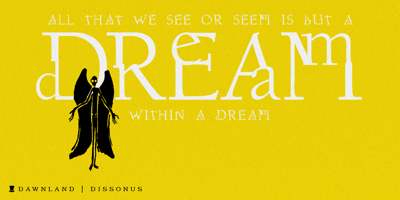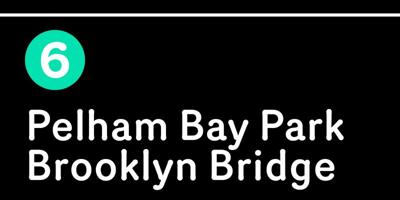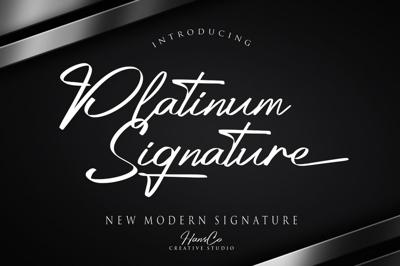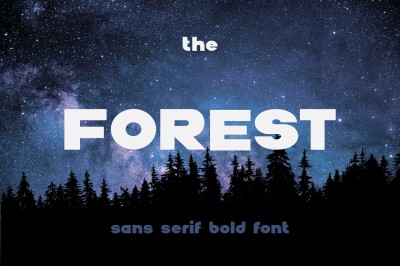Variable Fonts Explained: Why US Designers Are Obsessed in 2025
Variable Fonts Explained: Why US Designers Are Obsessed in 2025
If you've been wondering why every design conference, typography blog, and creative agency in America is talking about variable fonts, you're not alone. This revolutionary typography technology has quietly transformed how US designers approach everything from mobile apps to billboard campaigns, and 2025 marks the year when variable fonts have truly hit mainstream adoption.
But what exactly are variable fonts, and why are American designers so obsessed with them? The answer lies in their unique ability to solve multiple design challenges simultaneously while opening up creative possibilities that were previously impossible or prohibitively expensive.
What Are Variable Fonts, Exactly?
Think of variable fonts as the Swiss Army knife of typography. Unlike traditional fonts that come as separate files for each weight (light, regular, bold, etc.), variable fonts contain multiple variations within a single file. You can smoothly adjust attributes like weight, width, slant, and even custom parameters using simple CSS controls or design software sliders.
Imagine having a font that can seamlessly transition from ultra-light to black, from condensed to extended, or from upright to italic – all within one file. That's the power of variable fonts, and it's revolutionizing how American designers work across digital and print media.
The technology isn't entirely new (it was actually developed in the 1990s), but modern browser support and design tool integration have finally made variable fonts practical for everyday use. Major foundries like Google Fonts, Adobe, and independent type designers are now releasing variable versions of both classic and contemporary typefaces.
The Technical Advantages That Matter
American businesses are obsessed with efficiency, and variable fonts deliver impressive technical benefits that directly impact bottom lines. A single variable font file can replace dozens of traditional font files, dramatically reducing website load times and improving user experience.
Consider this: instead of loading separate files for regular, medium, semibold, bold, and black weights, you load one variable font file and access all weights through code. This can reduce font-related HTTP requests by 80% or more, leading to faster page speeds and better SEO performance.
For mobile-first design – a priority for virtually every American company – variable fonts are game-changing. They ensure consistent typography across all screen sizes while minimizing data usage, crucial factors for reaching users on slower connections or limited data plans.
Storage and bandwidth savings translate to real cost reductions for companies serving millions of users. Netflix, Spotify, and other data-heavy American platforms have reported significant infrastructure savings after implementing variable fonts in their interfaces.
Creative Freedom That Designers Crave
Beyond technical benefits, variable fonts unlock creative possibilities that have American designers genuinely excited. The ability to fine-tune typography in real-time means designers can create perfect optical sizes for any context, from tiny mobile text to massive outdoor signage.
Custom axes – unique parameters defined by type designers – add another layer of creative control. Some variable fonts include axes for "casual" vs. "formal" styling, "organic" vs. "geometric" shapes, or even "happy" vs. "serious" moods. This level of typographic expression was previously impossible without commissioning entirely custom typefaces.
Animation possibilities are particularly compelling for American brands focused on social media and video content. Variable fonts can smoothly transition between weights, creating kinetic typography effects that were previously time-consuming to achieve. Imagine headlines that literally grow bolder as users scroll, or logos that adapt their weight based on background colors.
Responsive typography becomes truly responsive with variable fonts. Designers can create typography that automatically adjusts not just size, but weight, width, and spacing based on screen dimensions. This ensures optimal readability across all devices without manual intervention.
Real-World Applications Across Industries
American tech companies were early adopters, but variable fonts are now spreading across industries. E-commerce sites use them to create consistent branding while optimizing for conversion rates at different screen sizes. News organizations leverage variable fonts to maintain readability across their diverse content types, from breaking news alerts to long-form articles.
The advertising industry has embraced variable fonts for their ability to create cohesive campaigns across multiple touchpoints. A single variable font can work for business cards, billboards, and everything in between, ensuring brand consistency while adapting to each medium's specific requirements.
Educational institutions are using variable fonts to improve accessibility, creating versions optimized for different reading abilities and devices. Healthcare organizations appreciate their clean scalability for both patient-facing materials and internal documentation.
Overcoming Implementation Challenges
Despite their benefits, variable fonts do present some challenges that American designers are learning to navigate. Browser support, while greatly improved, still requires fallback strategies for older systems. File sizes, though smaller than multiple traditional fonts, can still be significant for fonts with many axes or extensive character sets.
Design tool support varies, with some applications offering full variable font controls while others lag behind. This inconsistency can complicate workflows, particularly in agencies working with diverse software ecosystems.
However, the American design community has developed best practices for implementation. Progressive enhancement strategies ensure graceful fallbacks, while careful axis selection keeps file sizes manageable. Cloud-based design tools are rapidly improving variable font support, making adoption easier for teams of all sizes.
The Economic Impact on Design Businesses
Variable fonts are changing the economics of typography for American design businesses. Licensing costs can be lower since one variable font replaces multiple traditional fonts. Development time decreases when designers can adjust typography properties in real-time rather than switching between different font files.
Client presentations become more dynamic when designers can demonstrate typography adjustments live, leading to faster approval processes and fewer revision cycles. The ability to create multiple brand variations from a single typeface also opens new revenue streams for design agencies.
Maintenance becomes simpler when websites and applications use fewer font files, reducing ongoing technical overhead. This efficiency gain is particularly valuable for American businesses operating at scale.
Looking Ahead: The Future of Variable Typography
As 2025 progresses, variable fonts are expected to become the default choice for new digital projects. Browser support continues improving, design tools are adding more sophisticated controls, and type foundries are releasing variable versions of classic typefaces.
Artificial intelligence integration is on the horizon, with experimental projects exploring variable fonts that automatically adjust based on reading conditions, user preferences, or content mood. Imagine typography that becomes bolder during exciting news stories or adjusts weight based on ambient lighting conditions.
The American design community's obsession with variable fonts isn't just about following trends – it's about embracing a technology that simultaneously solves practical problems and expands creative possibilities.
For designers, developers, and business owners still on the fence about variable fonts, 2025 is the year to experiment. Start with simple implementations, test the performance benefits, and discover how variable typography can enhance your projects. The learning curve is manageable, and the potential rewards – in terms of both efficiency and creative expression – are substantial.
Variable fonts represent more than just a technical advancement; they're a paradigm shift toward more intelligent, efficient, and expressive typography. That's why American designers are obsessed, and why you should consider joining them.





